Are you looking for a contractor?
Submit our quick form and get quotes now!
Table of Contents
19 min read
Checklist of the Steps to Follow: Home Addition Project Guide
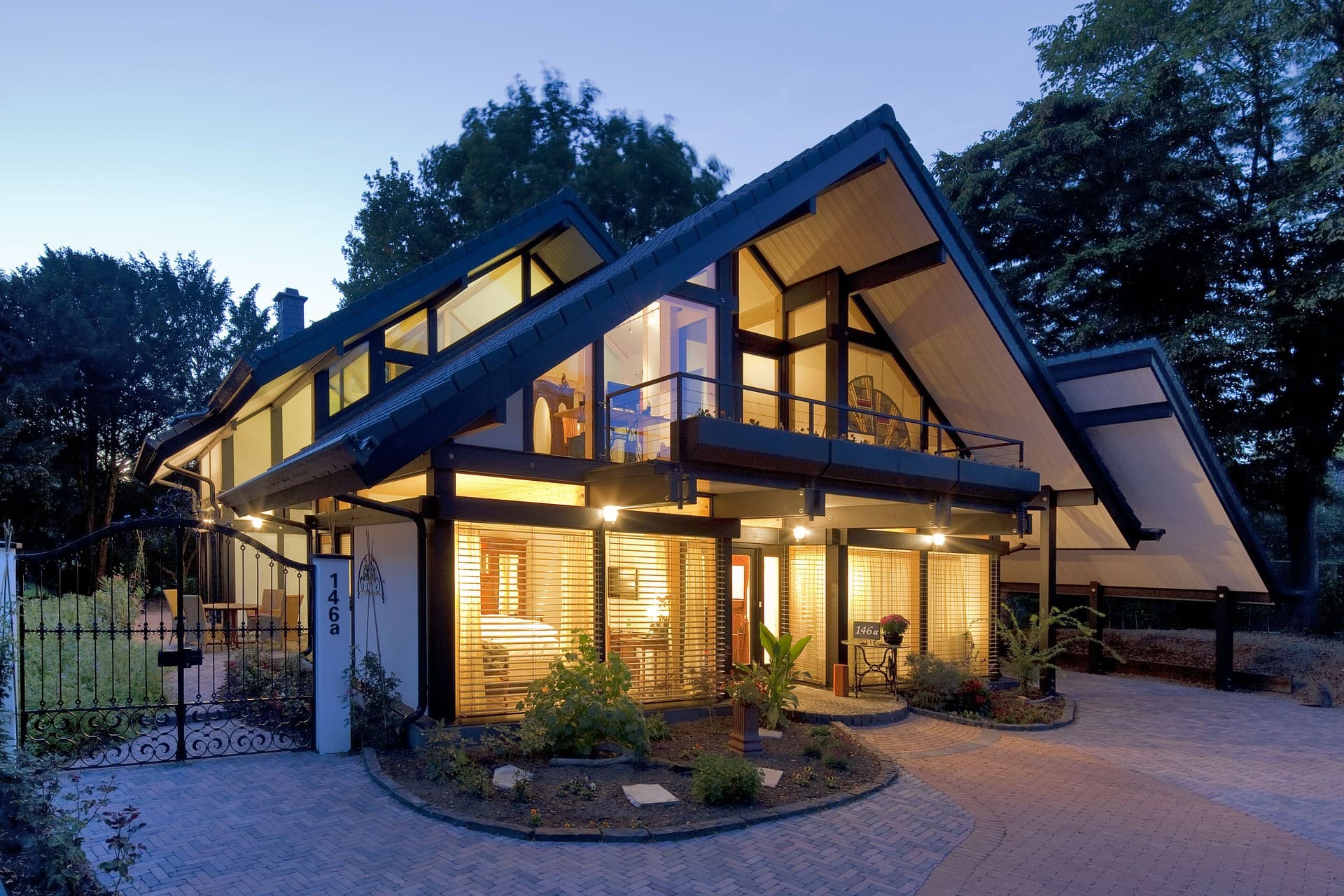

19 min read
Checklist of the Steps to Follow: Home Addition Project Guide
Interior renovationsChecklist of the Steps to Follow: Home Addition Project Guide
There are many reasons why you may decide to launch a home addition project. First, because the place where you are living is not fulfilling your needs anymore, but you don’t want to move away. Next, because the state of the real estate market is keeping you from buying a bigger property. Lastly, because the current layout of your home is not optimized.
In this guide, we will present a general overview of the steps of this project, such as the materials, the design, building the structure, the types of home additions, the permits and the building code, the budget and so on.
Would you like to jump directly to the checklist? Click here!
BEFORE YOU START THE REMODEL
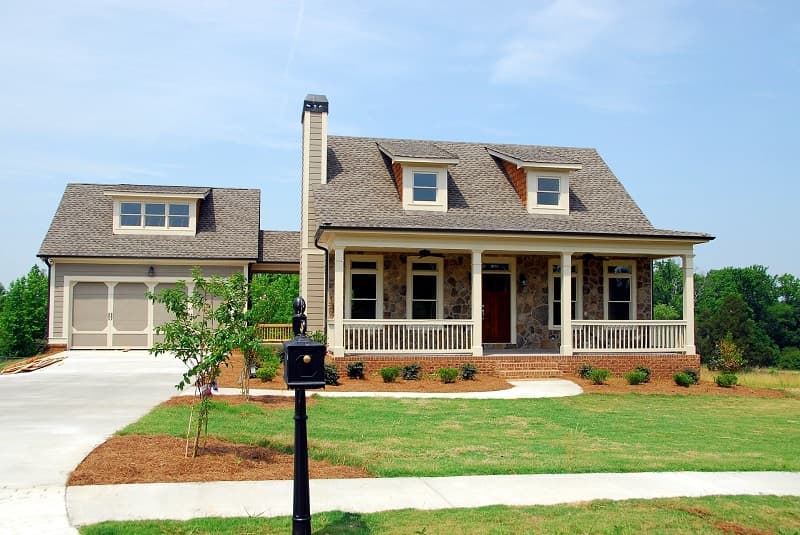
Source : Canva
Are you checking out this guide as the project is in its first stages? Before you start working on anything concrete, you should have a specific idea of what you want. To clarify your objectives, here are a few concepts and questions that can guide you in the process as well as an article to assess the feasibility of your project:
THE KEYWORDS OF HOME ADDITION PROJECTS
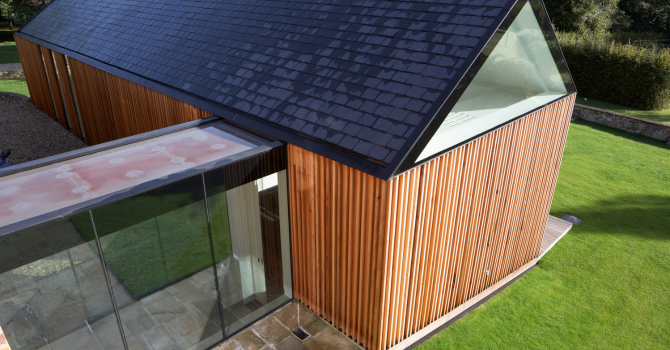
Source : Canva
Harmonious
Since the main goal of a home addition project is to increase the surface area of the property, the first thing we think about is the shape and the size of the rooms in the new structure. However, we sometimes forget to think about harmonizing this addition to the rest of the home’s exterior. You have to make sure that the extension doesn’t stick out from the rest of the building in terms of design, siding and other architectural details.
Indoors, it’s also better to opt for materials that are similar to those used in the rest of the home, unless you want to create two distinct spaces.
Efficient
Do not build an extension simply because you want to make the house bigger; this new structure should have a specific purpose in terms of layout. And since you won’t want to exceed your budget limit, you should make sure that your extension is designed in a way that is efficient to fulfill your needs without creating lost space.
Resistant
Home addition projects are undeniably expensive and to save money, some people will tend to cut costs by opting for inexpensive materials. Sometimes, these materials are lower in quality and for that reason, the result will not be as long-lasting. Try to prioritize materials that offer a good price/quality ratio.
HOW TO DETERMINE YOUR NEEDS
As mentioned in the previous paragraphs, your home addition project probably has a specific goal. Contrary to bathroom or kitchen renovations, home addition projects rarely aim for a mainly aesthetical transformation.
Since they require considerable amounts of money to carry out the project, this is not the type of endeavour that can be started on impulse. Even if you find ideas on Pinterest, you have to think about it before starting anything concrete.
However, here is a set of criteria to better define your needs:
An extension that increases the value of the home;
An extension that truly improves the home’s layout;
A space that helps you take advantage of the natural light;
A new private section for your parents, your teenagers or friends.
To help you plan your project, don't forget to read these articles:
THE QUESTIONS TO ASK WHEN PLANNING A HOME ADDITION PROJECT
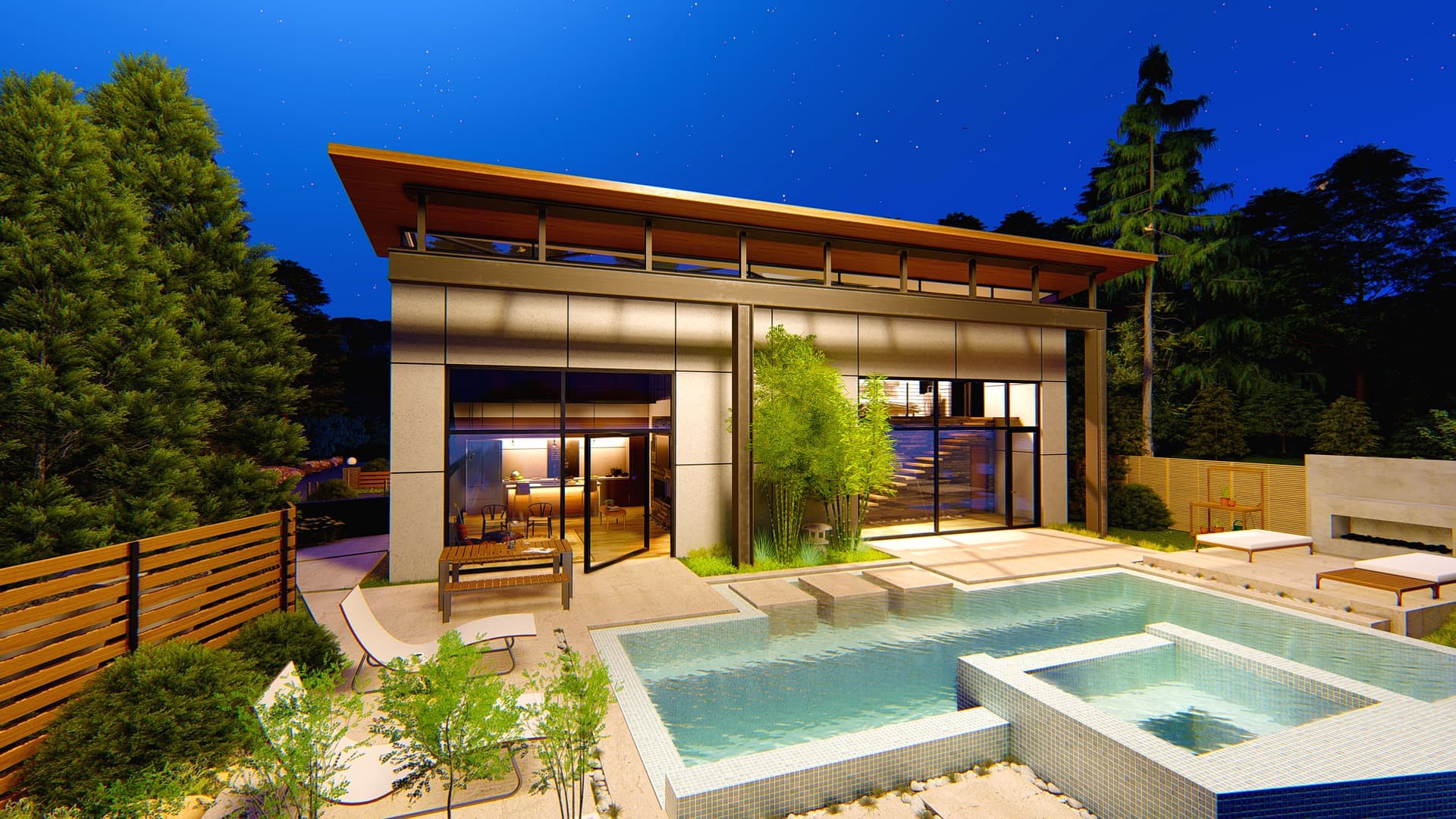
How will the addition change the layout of the home?
It will have an impact on the shape and the size of several rooms in your home, meaning that the layout could change more than you imagine. For example, you may have to build a new staircase to access the floor you are building or install columns to strengthen the structure.
You may also want to add or remove walls. All of this could affect the amount of natural light in certain rooms, or create new lost space (hallways, corners) that you might not have thought of.
Will you take advantage of the situation to renovate other parts of the home?
Since you are launching a huge renovation project, why not take the opportunity to change other elements that need to be replaced or renewed? For example, if you want to install flooring in the home addition, why not replace the one that is used in the rooms that are close to this new section?
Another example: if your exterior siding is worn-out, you could look for a new material that works for you. You’re going to install new siding for the addition anyways, so why not do it for the whole house?
The same goes for doors, windows, masonry and any other element or material that is part of the rest of the home.
How much space is available for the addition?
There are two elements to consider when answering this question. First, taking into account the type of extension you want to build, be as precise as possible when calculating the maximum size of the new structure according to the size of the yard, the upper or the lower floor.
Next, you should check with your local authorities to know what you can do. In most cases, there is a general building code that regulates certain aspects, as well as municipal bylaws. Sometimes, you will have to abide by rules that vary from one neighbourhood to another, especially if you live in a historic home.
Will this extension be cost-effective?
It’s easy to imagine that this project will systematically increase the value of your home. However, this is not true. The house may have a higher evaluation, but if the project has no added value for the home, you may not be able to justify all the spending associated with this transformation.
For example, even if you spend $125,000 to build the addition, this does not mean that you will be able to sell it for an extra $125,000 compared with its current value.
Therefore, if the main goal of your project is to sell your home short-term, chances are that the project will not be financially worthwhile. Unless we’re talking about a flip or a home that you bought at a very low price.
However, if you are thinking of staying in this home for a few years and you know that the extension will have a positive impact on your quality of life as well as that of the home’s other occupants, profitability will not be as important. Moreover, if you decide to build a multigenerational home, the extension could be profitable for you and your close ones, as you may be able to avoid having to buy a full-priced home.
Could I just renovate a space that is already built?
Instead of building a home addition, see if your current layout is fully optimized. Are you using all the rooms in your home? Could moving walls and changing the way certain spaces are being used or converting sections of your home that are not being used (basement, garage, attic) be better options than building a new structure? Talk to layout experts such as interior designers or architects. They will help you see things more clearly.
Which type of house addition is more advantageous?
There are several types of home addition projects. We will be presenting them in another section of this article to define each one and its characteristics. However, at this stage of the project, you must already have an idea of the type of extension, you want to build.
Here are a few examples:
Building a new floor;
Excavating a basement;
Extending towards the side;
Extending towards the back;
Building a cantilever addition.
Which of these options is the one that will best suit your needs? Keep reading this guide for more information.
Do you have a mobile home and want to expand it? Take a look at this article:
THE BUDGET FOR A HOME ADDITION PROJECT
If you truly want your project to happen, you will have to set aside a sizable budget. Experts agree that this type of project rarely costs less than $100000. Of course, there are rare situations where you can spend less than $50000, but in most cases, you’ll need access to a much bigger amount.
Since several factors can affect the final amount you will be shelling out, we can’t offer precise numbers. We invite you to meet with several contractors so they can present quotes.
Moreover, as is the case with all renovation projects, you should set aside 15% of your budget for unplanned expenses.
Here are a few articles that will help you get more information so you can determine your ideal and realistic budgets:
WORKING WITH A GENERAL CONTRACTOR, AN ARCHITECT OR AN ARCHITECTURAL TECHNOLOGIST FOR A HOME ADDITION PROJECT?
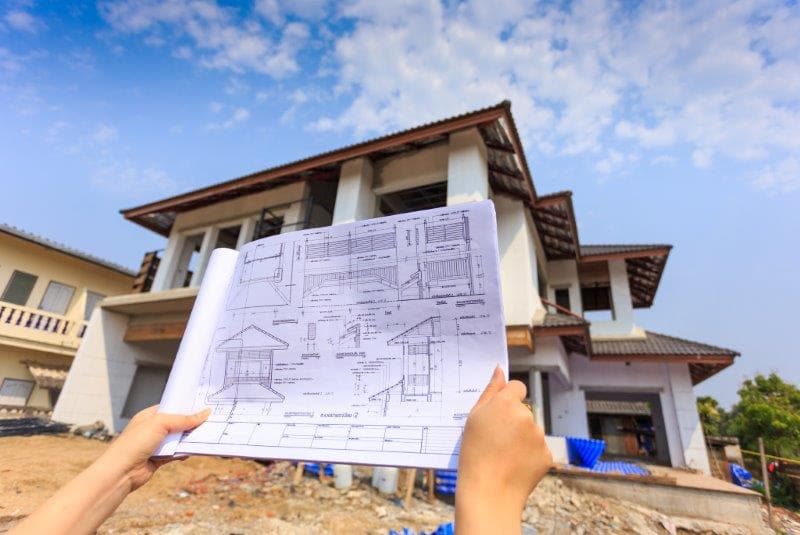
Source : Canva
If there is one renovation project where you shouldn’t improvise, it has to be a home addition! Even if you opt for self-building (see the following section), you must still collaborate with experts for several projects, especially to get permits, create plans and any installations that, depending on local laws, must be completed by experts.
You will have to work with contractors and architectural conception experts.
Here are a few articles to check out to learn more about these experts, the role they can play and the criteria you should apply when looking to hire them:
One important thing to remember: you must always have written contracts with your contractors. Would you like to know why? Check out our article: Renovation Project: 3 Reasons to Sign an Official Contract.
Quebec only: home extensions and bill r-20
It's important to mention that you must make sure you are always complying with the law for your renovation projects and this is especially true for large-scale projects like home additions.
Know that in Quebec, home extension projects are subject to bill r-20 and thus imply certain obligations. For example, if you decide to oversee the project yourself, this law indicates that you then become the employer of the workers that are taking on your project. Therefore, you must comply with several requirements from the CCQ (Commission de la Construction du Québec). You can check out the CCQ website for updated information on this subject.
If you neglect to comply with these rules, you will be exposed to fines and legal proceedings. It should be mentioned that CCQ agents are highly gifted in finding wrongdoers! You may very well receive a visit to your worksite and be required to prove that your project is following the law.
If you decided to hire a contractor to oversee the project, make sure they have the right license to carry out the work. For example, they should only hire workers that have competency cards delivered by the CCQ.
Other provinces of Canada
Every province has different building regulations for home extension projects. We will soon add information about the different rules that apply in each of the provinces covered by the RenoQuotes.com platform. For now, we invite you to check out your government websites for up-to-date information.
Alberta: Alberta Building Code and Standards
Nova Scotia: Nova Scotia Building Code Regulations
Ontario: Ontario Building Code
British Columbia: BC Building Code
Do you want to build a home addition in Toronto? Check out this article to help you plan your project:
Creating the plans and designs
It is unthinkable to launch a home addition project without having plans that have been created and/or validated by experts. First, if you don’t have plans, you won’t be able to get the permits that you need to carry out the work. Moreover, this will increase the chances that things don’t go as planned since these documents can help detect potential problems.
To learn more about the experts you should hire to create the plans for your addition project, come back to the previous section.
SELF-BUILDING FOR A HOME ADDITION PROJECT
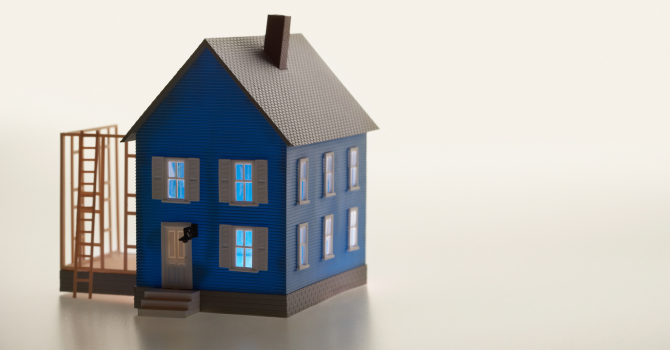
Source : Canva
A growing number of people want to learn about self-building projects. Who doesn’t have an uncle, a friend or a neighbour who built their own home, wanting to do things their way? We know that this isn’t an easy project, but the results can be highly satisfying as we can proudly say that we built our own home.
Would you like to self-build your home extension? It should be noted that legally speaking, certain projects will have to be carried out by certified experts, but you are allowed to oversee and take on most of the steps of the project.
Here is two articles to help you learn more about self-building projects, their pros, and their cons:
THE PERMITS

Source : Canva
You will have to get permits for your home addition project. Launch the procedures early in the process to avoid extra delays and make sure you prepare your documents. In doing so, everything will be a-ok and you will be able to go ahead with the project. Once again, contact your local authorities to know what type(s) of permit(s) you will need to get.
Ask about the requirements and work with experts (contractors, architects, architectural technologists) to present a file that is properly filled out. In doing so, you won’t have to pay the fees that are associated with getting permits more than once. Check out this article for more info about renovation and construction permits:
Building standarts and home extensions
If your home extension project doesn’t follow building standards that are currently in effect in your city, you will have a hard time getting permits, you may not be covered by home insurance and you could face fines.
Don’t forget to always check with your municipal authorities to know if there are specific rules in your area, even in your neighbourhood! Since RenoQuotes.com offers services across Canada, we cannot take the time to write down the norms for each city, especially since there can be changes all the time.
We invite you to contact your municipality and check out its official website to see if you find the specific information you are looking for.
WHAT SHOULD YOU DO WHILE THE WORK IS BEING CARRIED OUT?
Here are the questions to ask yourself when you are building a home addition project and you may have to think of a temporary solution before you can use the space.
Will I stay here while the work is happening?
Could I install a temporary bedroom in another space (living room, basement, office?)
How much time will the renovations last (if all goes well);
Do I have any options if the project ends up lasting longer than planned?;
Here are two articles on our blog about life during renovations:
THE TYPES OF HOME ADDITION PROJECTS
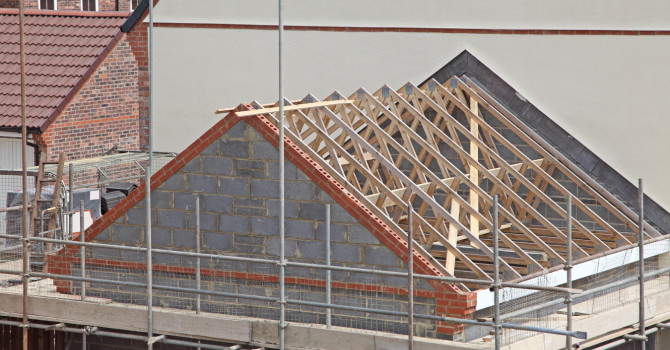
Source : Canva
As mentioned earlier, there are several types of home extension projects. Oftentimes, we think of lateral extensions or extensions from the back, but there are several other options to consider. Here are the most common home addition techniques.
The side extension, the back extension and screw piles
If you want to expand on the side, the front or the back of your home, this is considered an extension. Most people tend to build in the back or on the side of the house, as some municipalities do not allow homeowners to encroach on the front yard. Be sure to inquire about the rules and consult an expert who will help you create a realistic plan.
Check out the following article for more info:
The cantilever addition
We often see cantilever additions on modern buildings. This is a self-supporting structure, a bit like a balcony, where the extension is supported by joists and a structure that is inside the building and not under the new section. This can give off the impression that the structure is floating. In most cases, this type of extension is quite small due to the structural constraints that it entails.
Building a new floor on your home
Many people dream of building an extra floor on top of their homes. Unfortunately, this is not always doable because of the work and the costs that are involved. However, in some cases, this is the best option to create a home that fulfills the needs of the occupants.
Here are two articles that present information to consider for this type of project:
Excavating the basement to create a layout with rooms
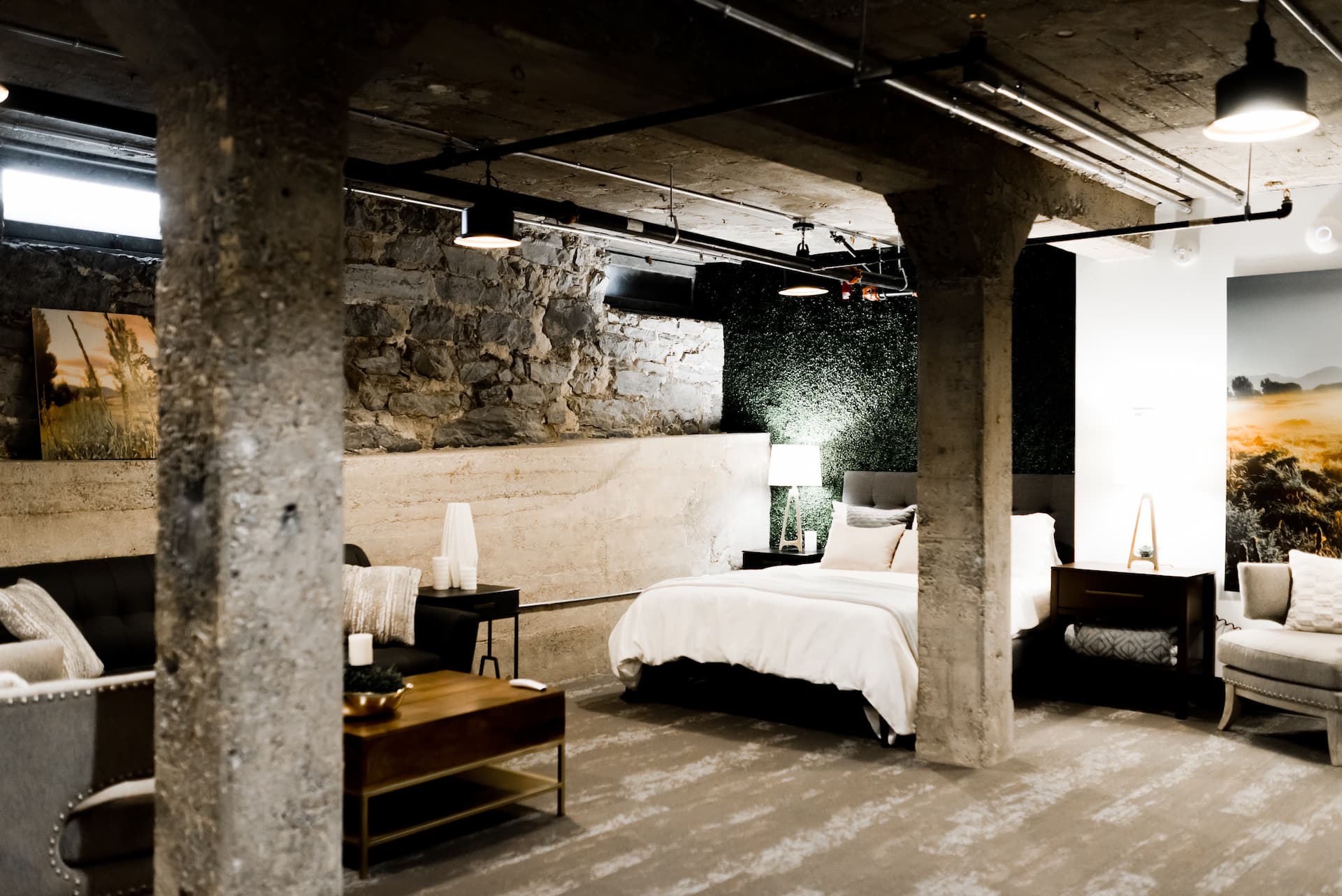
Source : Canva
Once again, this is a project that is quite common, especially for people who want to build a basement apartment, an intergenerational home, a home cinema, a home office or any other type of space that should be separated from the rest of the home.
Here are a few articles that explore this question:
Creating a bedroom or storage space in the attic
Even if the attic already exists, this doesn’t mean that it is inhabitable in its current state. For this reason, the transformation project can be considered a home addition.
Verandas and sunrooms
Even they aren’t systematically considered as full-scale rooms, verandas and sunrooms can still add square footage to your home. Therefore, we’ve included them on the list.
Here are some articles to check out on this subject:
Building an attached or a detached garage
Will this home addition mainly work as a garage or a mechanical workshop?
These articles will present the main characteristics of this type of project.
Lastly, this is a general article about home extensions that are made of wood:
Building an addition for a home office
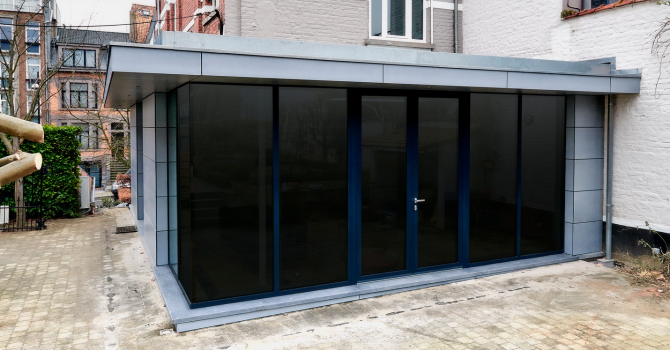
Source : Canva
Are you thinking about building a home extension project to set up an office? If it’s just a simple office where you will be working and keeping documents and equipment, you won’t have any issues. However, if you want to have clients over and/or set up a commercial space, you’ll have to check with your local authorities to see if you need a special zoning permit.
To learn more about setting up a home office, check out these articles:
Expanding to build a multigenerational home
Intergenerational or multigenerational homes are regaining popularity and we understand why! There are several positive aspects, such as keeping families closer, allowing more people to live in the same home without being overcrowded, and in some cases, even saving money.
Some people will want to build a home extension to accommodate family members, whether they are parents, children, brothers and sisters, or even friends. Most types of extensions can work for this type of objective, but the ones we see most often are basement apartments and building an extra floor.
However, be careful if you decide to create a separate dwelling, as some places have strict rules about this type of project. Make sure you have all the right permits for an intergenerational home before you start the work. A good contractor will be sure to mention if there are any constraints in your area, but make sure to do your research to avoid problems!
Check out this article if you are curious to learn more:
THE TYPES OF MATERIALS
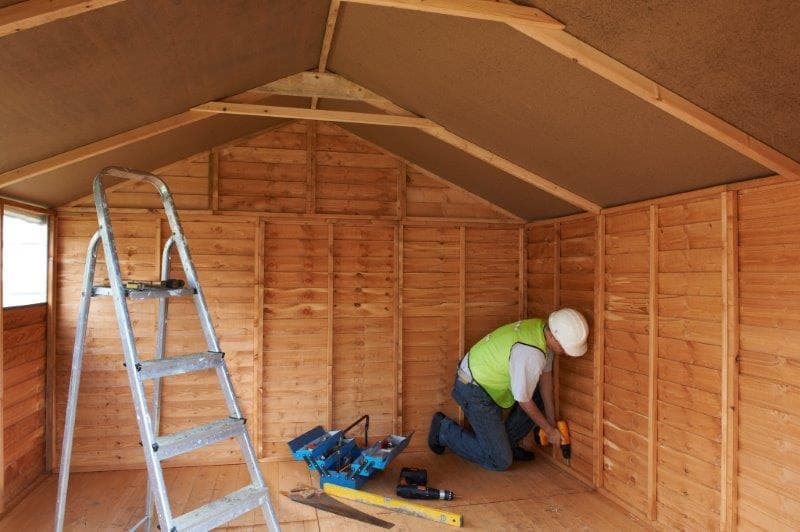
Source : Canva
A home addition will imply a wide variety of materials. In the following paragraphs, we will explore the different elements that are a part of most additions, as well as the materials that you can choose from.
The structure and foundations
You will probably have to work on the structure and foundations of your home, either by strengthening the ones that already exist, by replacing them, or by adding a new section of structures and foundations under the extension. Talk to the experts you are working with to determine which type of structure will work best for your type of project.
Here are a few articles about building structures:
Here's an article about the price for a foundation renovation project:
Interior walls
If you decide to create an extension that implies building new walls, you should know that there will be several things to consider. For example, will you build a load-bearing wall? Will this wall contain insulation and soundproofing materials? What will the exterior surface of the wall be covered with (see the section about exterior siding)? In most cases, building a new interior wall is a fairly simple project, but this doesn’t mean it should be taken lightly.
Here is an article about building interior walls:
Plumbing and electricity
As mentioned earlier, if there is one area where you shouldn’t improvise, it has to be plumbing and electricity! In most areas, these types of projects must be completed by experts. Chances are your home addition project will imply a few modifications within the plumbing and electricity systems in your home.
This is what you should know about these projects to better understand the options that are being presented by the contractors you will meet:
The floors
When we think of floors, we mostly imagine the surface that we can see under our feet. It’s much rarer that we think about the layers below, which are the ones that create the floor structure. Yet, these layers play a very important role to ensure the solidity of these materials and the durability of the floor.
There are several types of floor structures and for your project, you’ll have to consider the type of extension you are building to determine which type of structure has to be built.
Here are a few articles about floors and sub-floors:
Insulation and soundproofing
Comfort and privacy are two important factors when looking to ensure a good quality of life for the occupants of a home. To this end, materials that are used for insulation and soundproofing are important allies. You may want to opt for the same materials as those in the rest of your home, or you could take advantage of this moment to make changes.
In all cases, it’s important to be well-informed about the different options available on the market and the installation techniques.
Here are a few articles we have published on this subject:
Exterior siding
Some people who are building home extension projects will opt for exterior siding that is different from the rest of the home. This can be done harmoniously if we choose materials that fit well with one another. Small tip: prioritize materials that have similar maintenance techniques to avoid making your life more complicated!
If you decide to use the same exterior siding as what is installed on the rest of your exterior walls, you will have to make sure that it is still available in stores. If so, you can take this opportunity to carry out repairs and maintenance so that when the extension project is done, there is no visible difference in terms of how clean each section of the house is.
These articles will help you learn more about the different exterior siding materials:
Doors and windows
Does your home extension project involve the installation of doors and windows? Depending on the type of extension you are building, you may want to install:
A patio door;
A bay window;
Windows;
A front (or back) door;
An interior door;
French doors or sliding doors;
An arc structure that creates a transition between both spaces.
For your home addition to work, you also have to consider these factors:
Harmonizing the types of doors and windows with the rest of the home’s look;
Quality and durability of the materials;
Caulking and protection against drafts that affect the home’s energy efficiency.
Like in several other steps mentioned in this article, you can take this opportunity to replace the other doors and windows that need to be changed.
Here are articles about doors and windows so you can improve your knowledge of the different models available:
THE CHECKLIST FOR YOUR HOME ADDITION PROJECT
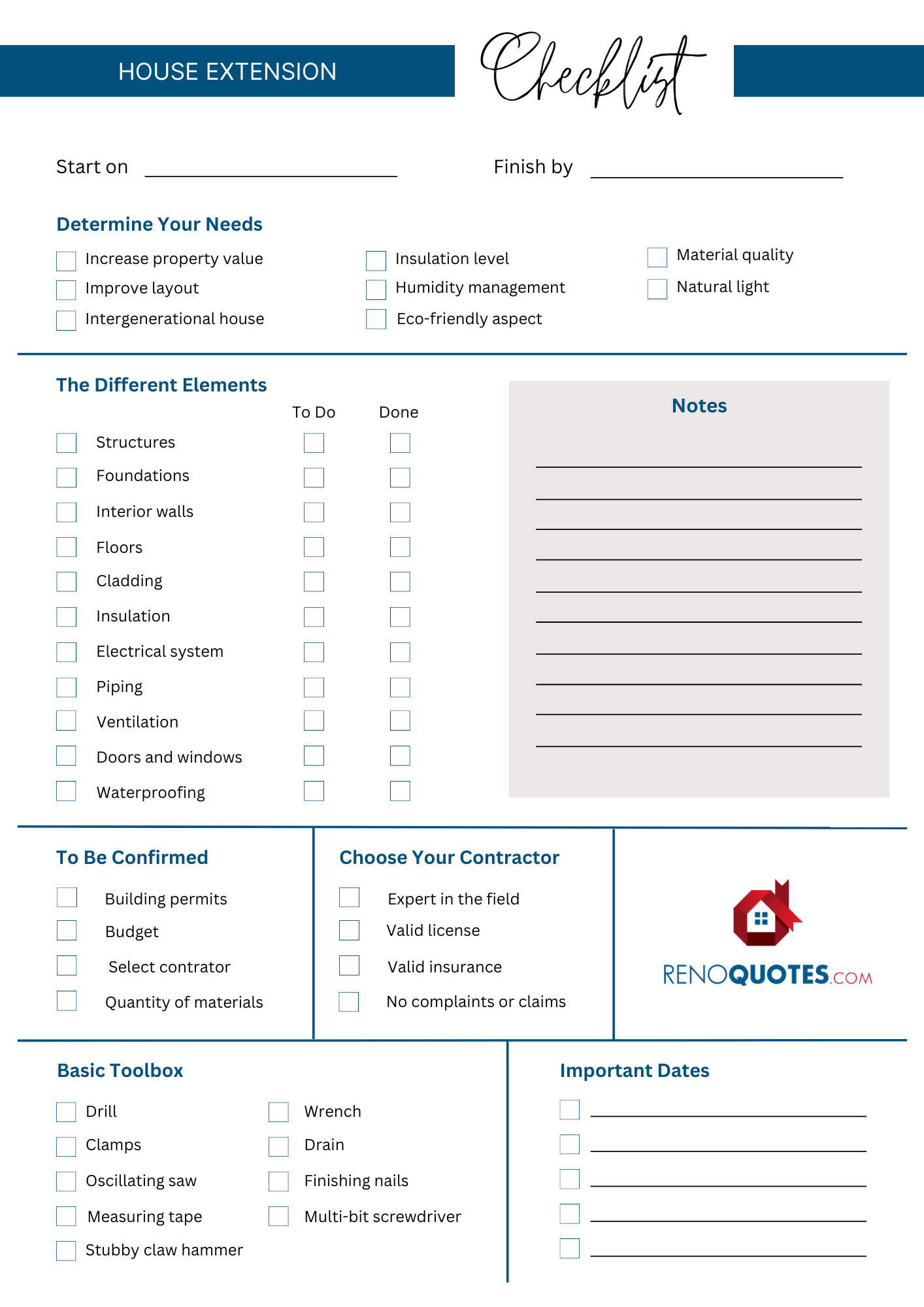
Get 3 renovation quotes for your home addition project
RenoQuotes.com can help you get quotes for your home addition project. By submitting your project to us, we’ll put you in contact with top-rated contractors. Fill in the form on the homepage (it only takes a few minutes), and you will get estimates from trusted professionals.
Dial 1-844 828-1588 to speak with one of our customer service representatives.
Last modified 2024-04-17
Looking for something else?
Related articles
The latest industry news, interviews, technologies, and resources.

N/A • 07 Nov 2023
In the middle of winter or even the early days of spring, who doesn't enjoy a long, hot shower to warm up before heading out the door? Even though a hot shower feels great, unfortunately, your bathroom doesn't share the sentiment.
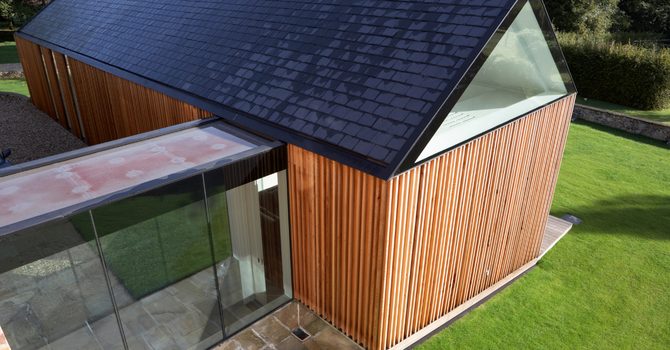
RenoQuotes.com • 06 Dec 2023
Your house may be running out of space, but why leave the ideal setting where your kids grew up? Since moving out is off the table, building onto your family home becomes mandatory. If you happen to find yourself in this situation, you’ve definitely come to the right place! Our article will detail everything you need to know about building an extension onto your house.
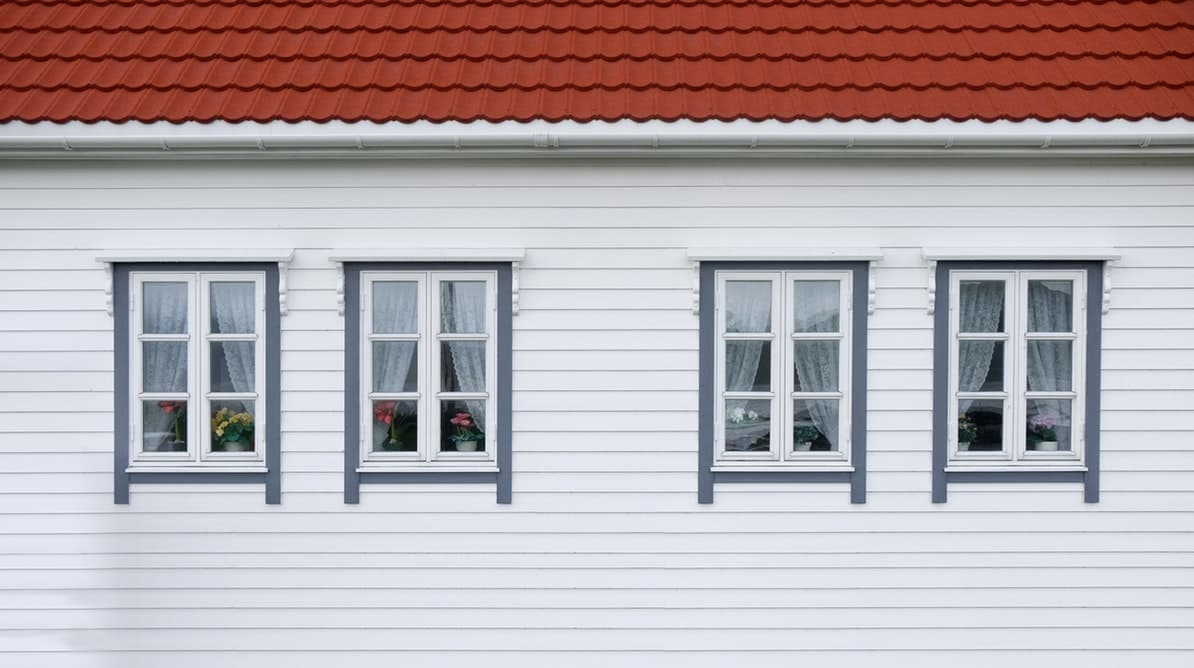
N/A • 07 Nov 2023
Your personality can truly shine by way of your home’s architectural details. As you've likely noticed, there are plenty of different style choices and preferences out there.
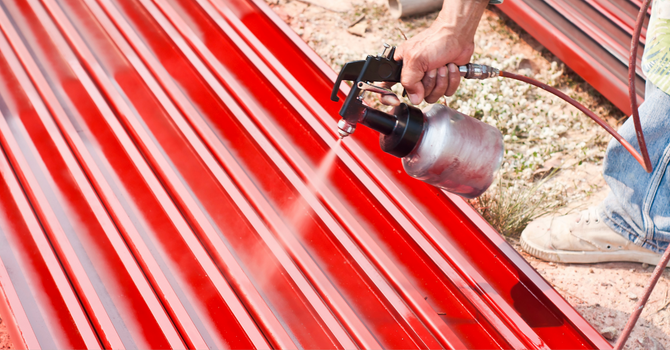
RenoQuotes.com • 07 Nov 2023
Are you looking to cover your indoor or outdoor flooring with strong, durable paint? Urethane or polyurethane paint is exactly what you need.

RenoQuotes.com • 07 Nov 2023
Suffice it to say, a sweating toilet tank is never welcomed. Between puddles of pooling water on the floor, to the unpleasant feeling of condensation in the air, mould growth, and a malodorous smell, using the restroom can quickly turn into something quite dreadful. Is your toilet tank humid without fail and you’re unsure how to fix this problem? A toilet tank anti-condensation liner kit will solve the issue in no time! Check out the following to learn more about it.